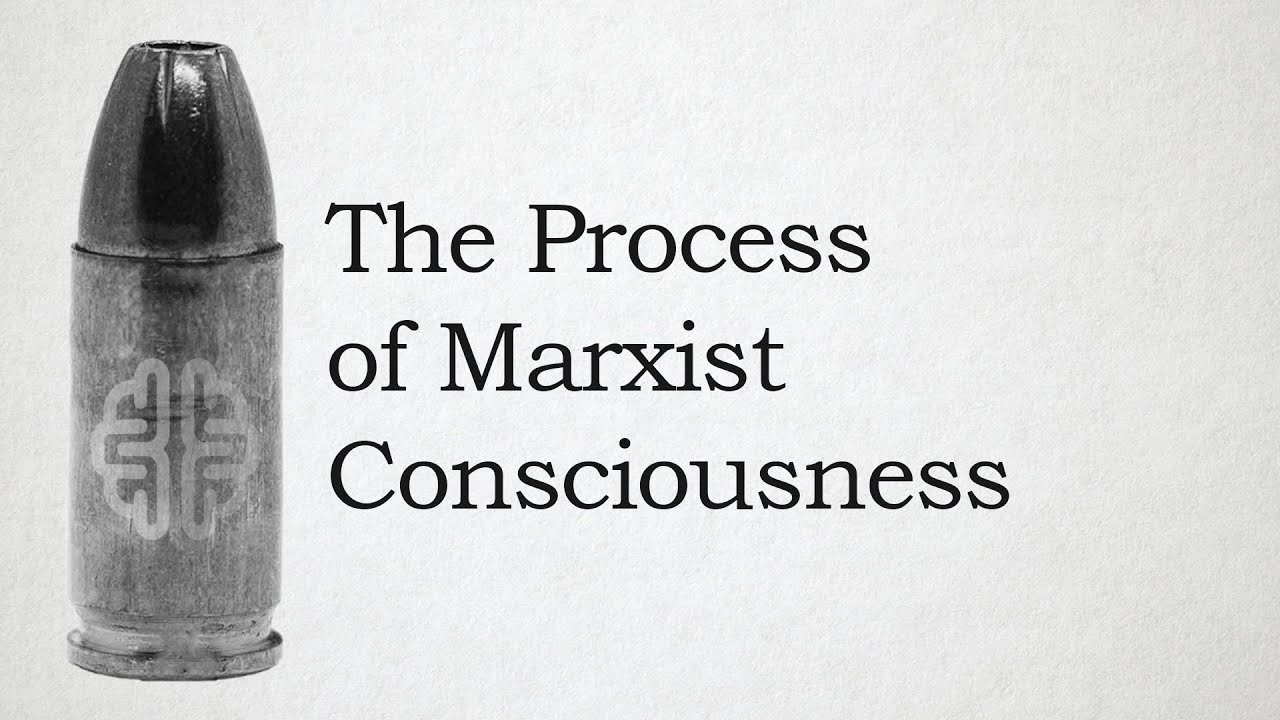TDF
What does the future look like? How will the universe meet its end? We may never be truly certain. But science has begun to paint a stunning picture of how the future might unfold. Let’s take a journey to the end of time, traveling through time exponentially, doubling our speed every 5 seconds. This vision of the future will surely evolve as we probe for more clues, but one thing is clear: The universe has only just begun. So here’s what we might expect in chronological order.
Earth’s magnetic field will flip and there’ll be a drastic sea level rise. Statistically speaking we might face a 30 meter asteroid impact. Antares will go supernovae, Sahara will become tropical and constellations will begin to wander. The interglacial period will end and there’ll be a supervolcano eruption which will lead to a new Island chains formation. Betelgeuse will also go supernovae, stone monuments on Earth will erode and Earth will be struck by a deadly gamma ray burst.
Mars’ moon will become a ring, Saturn’s rings will vanish, Antarctica will melt, we’ll face a major asteroid impact and therefore a new supercontinent will form. The Sun will increase its luminosity, photosynthesis on Earth will begin to cease and all plant life will die. The oceans will evaporate and all life will die, the Sun will expand and become a red giant, and the Earth will be eventually destroyed by the dying Sun.
Then our Sun will become a white dwarf, a hot, dense, shrunken stellar corpse and likewise all stars will begin to die off. Eventually the last red dwarf star will die and the so called Degenerate Era will begin. With the death of the last Sun the age of starlight will come to an end. The universe will become a cosmic boneyard, strewn with remnants of dead stars.
Over time, gravity will eject dead stars and planets from their galaxies, sending them out into the freezing void. By chance, some dwarfs will collide and form accidental new stars. Colliding neutron stars will puncture the darkness with ultra bright supernovae. Any surviving life forms may find refuge around aging white dwarfs. But in time, even the white dwarfs will fade and die and turn into black dwarfs.
Any matter that fails to escape its galaxy will be sucked into a supermassive black hole at the center. Long dormant black holes will flare up in a blaze of glory. The rotational energy of black holes will become the last reliable source of power for any exotic future civilizations.
As the expansion of the universe accelerates, it will begin to spread matter apart faster than the speed of light. By this point distant galaxies and stars will be receding so fast that their light will become undetectable. The secrets of the cosmos will be locked away forever. Current theories predict that atoms themselves will begin to decay, destroying all remaining matter in the universe. Proton decay is still unproven – and so this chapter of the future could look very different in light of new discoveries.
From there The Black Hole Era will begin. No planets, no stars, no lingering stellar remnants for life to cling on. Yet even then, time has only just begun to tick. On the scale of a human life, the universe has just emerged from the womb. Cold, dark and empty – this is how the cosmos will spend most of its life. Our universe gives life only a brief moment to shine – a haven in time, safe from its fiery birth and icy death.
In this far flung age, black hole mergers will become the main event. Some will grow to enormous sizes, possibly trillions of times the mass of our Sun. When they merge they will send out powerful gravitational waves that will resonate throughout the universe. As Hawking predicts black holes will begin to evaporate away, erasing the last large-scale structures in the universe. As they die, they will light up the darkness one by one.
As the black holes slowly die off, the universe will continue to expand driven by a mysterious force we don’t yet understand – dark energy. This is the frontier of human knowledge – a frontier ripe for exploration and discovery. Discovering the true nature of dark energy could change our vision of the future dramatically. If it somehow weakens over time, the universe could collapse under gravity – a “big crunch”. Given a boost, it could tear the universe apart at the seams – a “big rip”.
Physicists increasingly suspect that that there may be multiple universes beyond our own, each with their own unique laws of physics. Some would harbor the right conditions for life. Others could collapse or be ripped apart. Others still could be far more exotic than anything we could imagine. New pieces to the puzzle are out there somewhere, waiting to be found. Some speculate that there may be a way to escape our universe before entropy erases everything. We could create simulated virtual universes, or with enough energy, create another one just like our own.
If there’s no way to escape the universe, then entropy will march on destroying the last remaining supermassive black holes. As the last one explodes and dies, it will bate the universe in light one last time. Photons scattered throughout the universe will cool towards the absolute zero and time itself will become meaningless.




